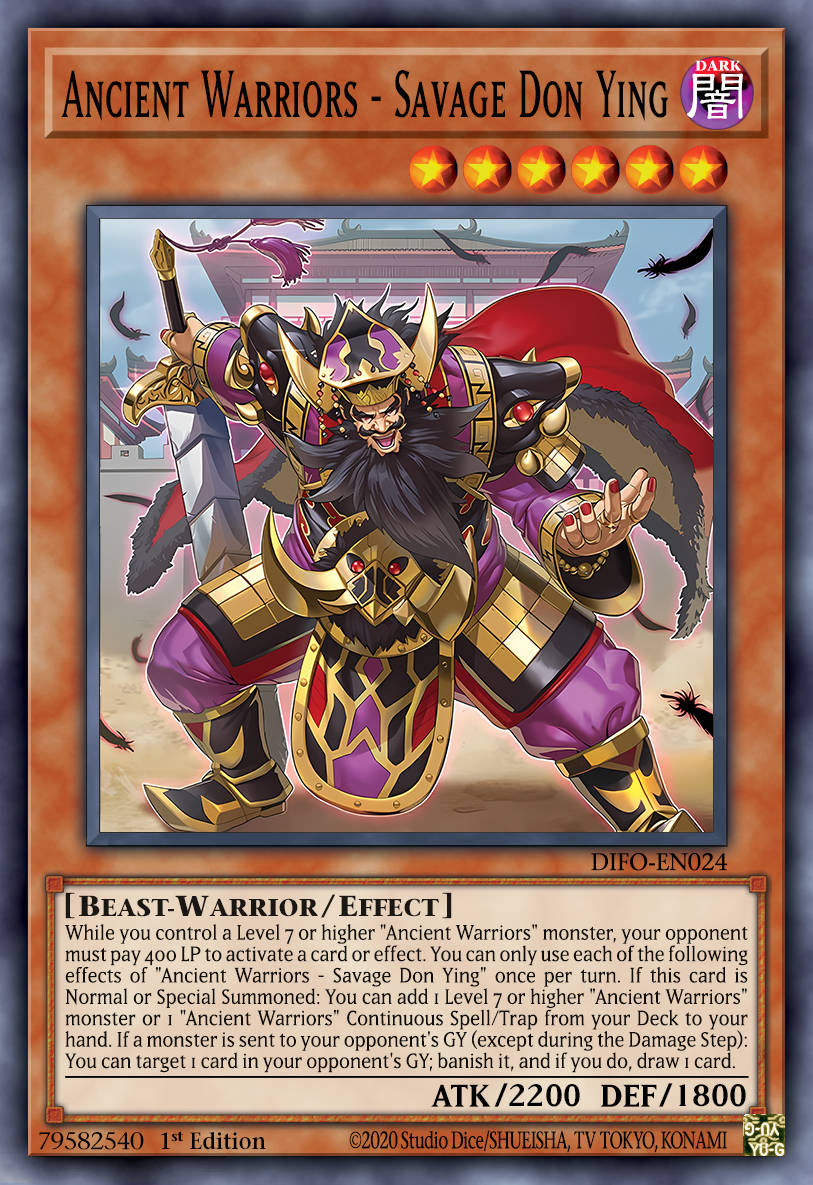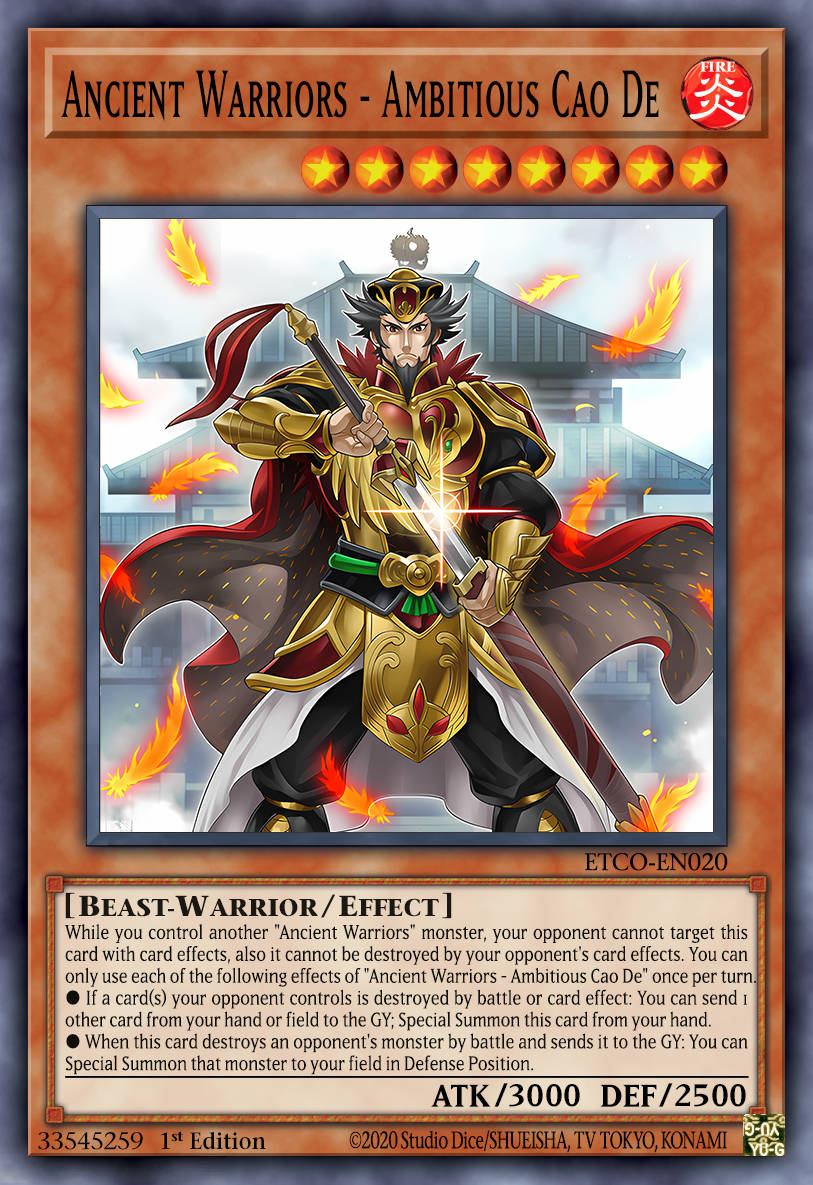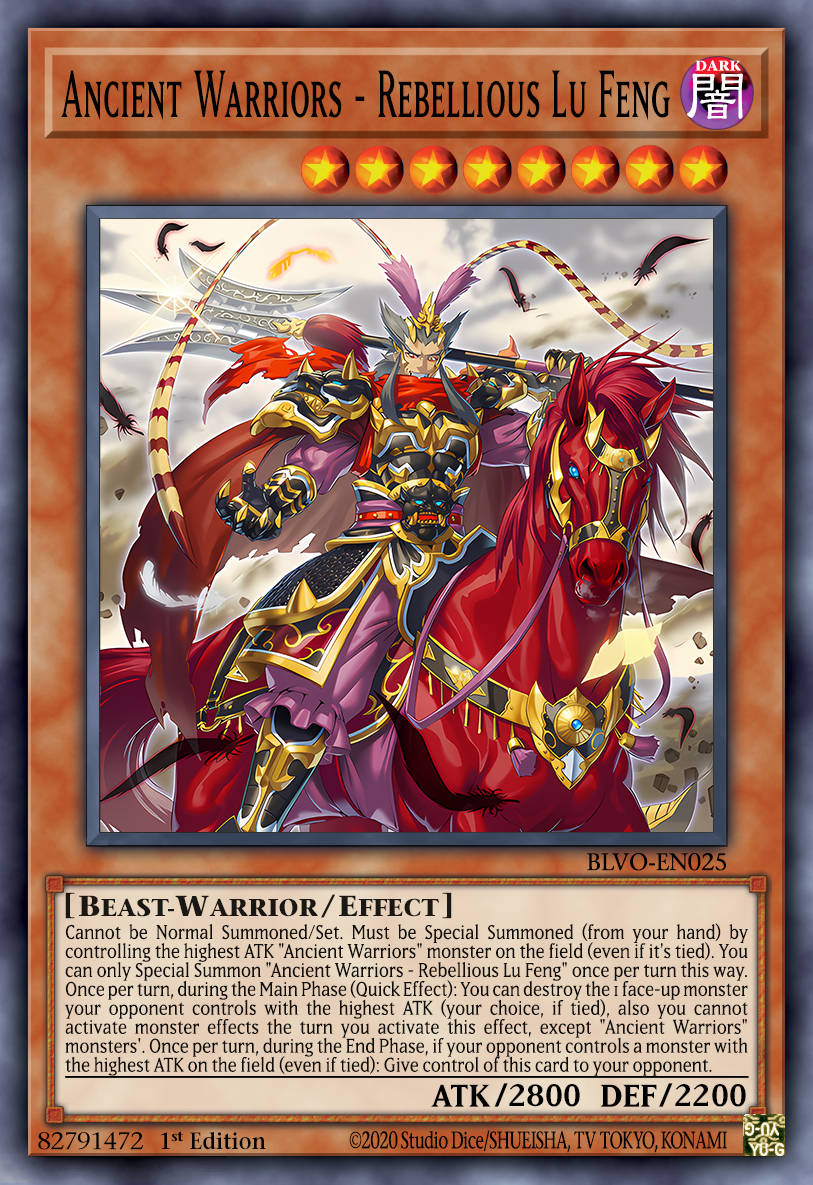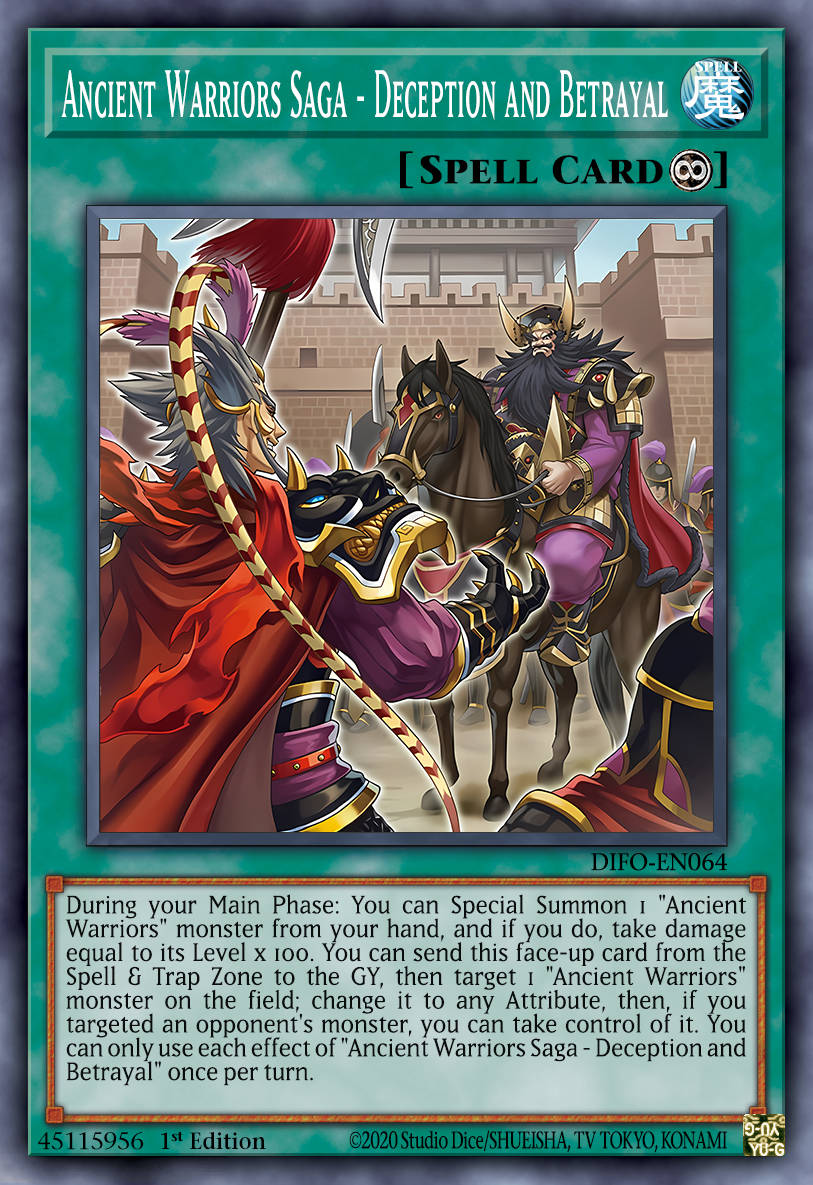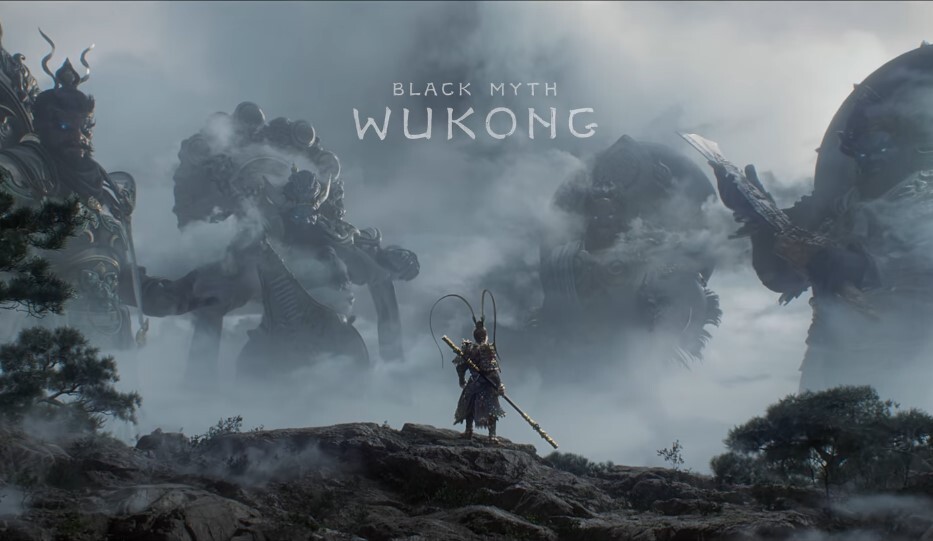Introduction
The 2021 animated movie Green Snake, directed by Amp Wong, builds off of the famous Chinese Legend of the White Snake, exploring the dynamic of the ancient characters through Asuraville, adding themes of emotional strife and modern feminine power.

Foundations of the Legend
The story tells of a White Snake demon who transforms into a beautiful woman and falls in love with a human man, Xu Xian. Fahai, a Buddhist monk, exposes her true nature after forcing her to transform with a potion. Startled, Xu dies of freight leading white snake to go on a dangerous quest to recover a herb to revive him. Green Snake aids her journey. After overcoming obstacles and reviving Xu, White Snake is confronted by Fahai, where the story diverges.

The Old Legend
Before the 18th century the story’s ending was one of tragedy with the white snake being imprisoned by Fahi under Leifong pagoda after giving birth. This version of the legend is what green snake draws from. The animation begins with the violent battle between the monk and the two snake sisters, ending in defeat. This sets up green snake’s quest to escape Asuraville.

Green Snake Plot
After White Snake (Blanca) is trapped by Fahai, Green Snake (Verta) struggles against him and is transported to the realm of Asuraville, where those who can’t let go of obsession are banished. Zodiac demons roam this cyberpunk realm where spirits attack in waves. To survive, she teams up with Sun, a woman from the 20th century who is later killed during gang warfare between the Ox-Head and Horse-Face Gang and the Raksha. Verta is picked up by the Raksha and proves herself to Simon, their human leader. At Good Day Market, Simon, Verta, and their new masked companion learn that to leave they must surrender their obessions to the Well of Rebirth. Verta refuses to forget Blanca. A flood sweeps over Asuraville, trapping the masked man. Desperate to leave, Simon betrays Verta, blocking the exit as she saves him. When she loses hope, the man reveals a face resembling Blanca’s. Ox-Head invades the market and kills Simon. Verta’s trust shatters when Ox-Head reveals the masked man betrayed her as the magical Blanca disguise he wore gave off a traceable scent. Verta presses on toward the Wish Bridge to escape Asuraville with her memories intact. In the Wind Tunnel when Fahai is weakened, she destroys the Pagoda, breaking his blessing over Ox-Head. As they near the end, the possessed Ox-Head grabs them. The man lets Ox-Head transform him into a spirit, sacrificing himself to carry Verta to the bridge. Back in the human world, Verta restores Blanca’s hairpin with the man’s bone flute, realizing he was her reincarnation. Blanca’s voice calls to Verta, signaling their reunification.
Movie Trailer
Modernizing Feminine Strength
The ancient story flips gender roles, positioning white snake as the more yang character who exudes assertive traits and strength that move her to protect and sacrifice herself for her family. While certainly a progressive story of feminine power for its time, white snake’s feminine strength is demonstrated in the context of motherly love and protection which is the typical picture of what older civilizations viewed as female strength. Verta embodies a character with external motivations beyond maternal duty and romantic love who is strong and decisive in all situations. Verta survives the rough lands of Asuraville by adapting quickly, learning to use modern weapons, forming strategic alliances, and confronting characters like the Baoqing Fox. This reflects how we define and celebrate modern femininity. Female strength is characterized by leadership, resilience, and autonomy rather than being tied only to motherhood.
Modern femininity emerging from the cultural revolution
Modern Emotional Care & Love
Like many western works, Green Snake follows a sort of hero’s journey structure. Centering the plot around Verta reorients the emotional underpinning of the story, creating new meaning through Verta’s introspective struggles. Verta, removed from Blanca’s strong emotional passion for Xu, acts as a critical observer. Seeing others struggle with relinquishing their attachments at the Well of Rebirth and the consequences of Blanca’s love, Verta grapples with her perceptions of love and obsession with saving Blanca. Symbolized by her sister’s scarf tied around her arm, Verta’s obsession with saving Blanca traps her in Asuraville. At the end of the story, as she leaves Blanca in Asuraville, she realizes accepting Blanca’s death, but keeping her memory alive, can bring them both peace. She is reincarnated, completing her emotional development. Others in Asuraville give up memories of loved ones, like Simon, or aspirations to escape. Verta’s rejection of this and eventual acceptance of Blanca’s death embody the modern focus on confronting emotional turmoil through means like therapy, which forces people to relive and journey through their most intense emotions, much like Verta does. The story, however, masterfully crafts this emotional journey through the framing of Buddhist rebirth, with Blanca’s reincarnation into the masked man being the way in which Verta is able to engage with her emotional turmoil. The story challenges modern escapism, which takes the form of drugs and other addictions, ironically through the Well of Rebirth, which allows a person to avoid painfully working through loss.


Well of Rebirth & Modern Escapism
Verta’s assertion that her sister’s entrapment is due to Xu’s lack of strength initially makes her value strength and authority in a partner, which makes her fall for Simon. However, his betrayal shows her, empathy and love for someone outweigh strength. This internal change in Verta’s perception rejects the idea that a man should be a strong provider, reimagining Xu a good partner. Sun and Verta’s partnership further emphasizes the movie’s modern idea that relationships, romantic or platonic, should never be defined by one character overpowering and leading alone. Just like in the movie when the two are separated, partners must have enough independence to fight for themselves at times, but should constantly be backing each other in response to calls for support.


























